Learning Geospatial Analysis with Python
🐍 Learning Geospatial Analysis with Python – Automate Maps, Models & Spatial Intelligence
“Learning Geospatial Analysis with Python” is a hands-on guide that teaches how to process, analyze, and visualize spatial data using Python. This book introduces a powerful open-source geospatial toolkit, empowering readers to go beyond point-and-click GIS tools and build automated, custom geospatial workflows with code.
Covering libraries such as GDAL, Fiona, Shapely, Rasterio, GeoPandas, PyProj, and Matplotlib, the book shows how to perform vector and raster operations, coordinate transformations, spatial queries, and data visualization. It also introduces geospatial machine learning and working with APIs like OpenStreetMap and Google Maps.
This book is ideal for:
- 🧑💻 GIS professionals transitioning into Python scripting
- 📊 Data scientists integrating location analytics
- 🌍 Developers building geospatial apps and tools
- 🎓 Students and researchers automating spatial workflows
Whether you're analyzing satellite imagery, mapping public health data, or building location-based apps, this book gives you the skills to code your GIS brain — fast, flexible, and full of possibilities.
Keywords: Python GIS, Geospatial Python Libraries, GDAL, GeoPandas, Raster Analysis with Python, Spatial Data Automation, GIS Scripting, Python for Mapping, Geospatial Open Source Tools

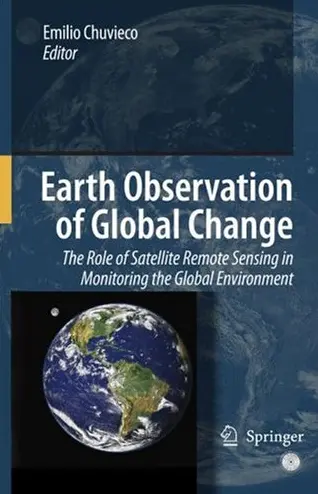
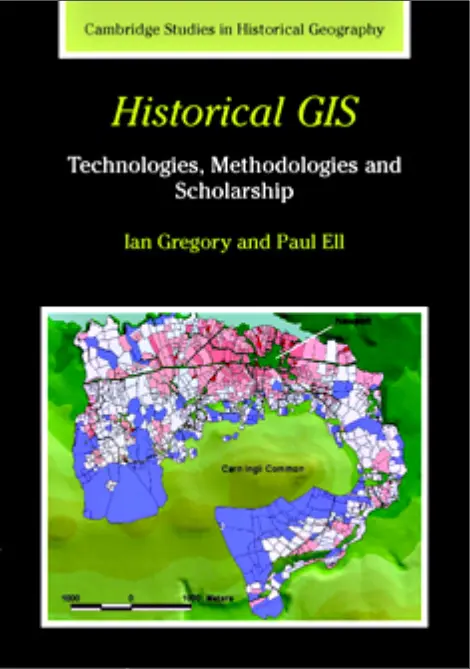
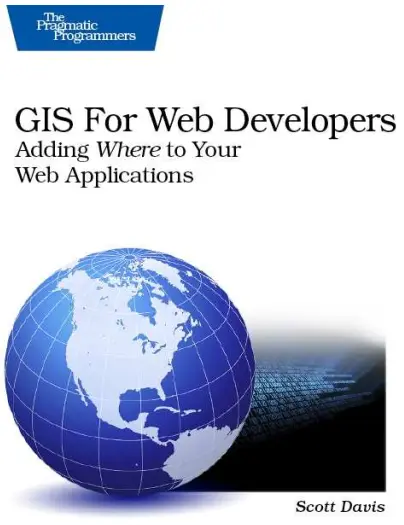

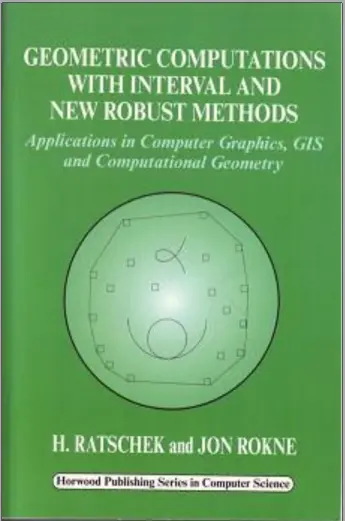
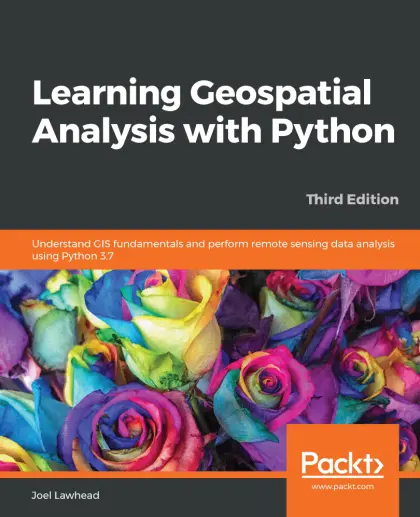
comments
Leave a Reply
Your email address will not be published. Required fields are marked *